Last Updated on February 24, 2022
In most cases, little proves quite as frustrating to the average motorist as the sudden illumination of a check engine light, upon their vehicle’s instrument cluster. One is often left to ponder the issue at hand, clueless as to the severity of the offending fault code.
Luckily, the underlying cause of a vehicle’s check engine light is rarely as dire as one might suspect. In fact, a check engine simply serves as a notification that a vehicle’s PCM has recognized an “out-of-range” condition. To eliminate a check engine light, one must correct this condition, thereby allowing a vehicle’s PCM to achieve a satisfactory self-test.
One such fault code, which denotes an out of range condition, is DTC P0562. This fault code is indicative of an electrical system issue, which has led to a reduction in system voltage. This condition, in itself, can cause a host of troubling symptoms.
Read on to learn more about diagnostic trouble code P0562, as well as how to handle such issues if encountered in the future.
What Does Code P0562 Mean?
Diagnostic trouble code P0562 refers to a relative lack of charging system voltage, which falls below the acceptable operating threshold. This, in turn, limits electrical system responsiveness and illuminates a vehicle’s check engine light.
However, to fully recognize the severity of this fault, one must first understand the intricacies of the modern vehicle’s charging system.
Today’s vehicles require high charging system efficiency to facilitate proper electrical module-to-module operation. Most vehicle charging systems function within an operating range of 13.2-14.7 volts. Extended operation outside of this range, leads to the inevitable failure of one or more of a vehicle’s electrical systems.
In the case of DTC P0562, a vehicle’s PCM has determined that charging system voltage has been reduced below an acceptable threshold. As a result, the onset of numerous drivability-related symptoms becomes likely.
In many cases, a vehicle will fail to start or will stall intermittently, when charging system voltage falls to this level.
Symptoms of Code P0562
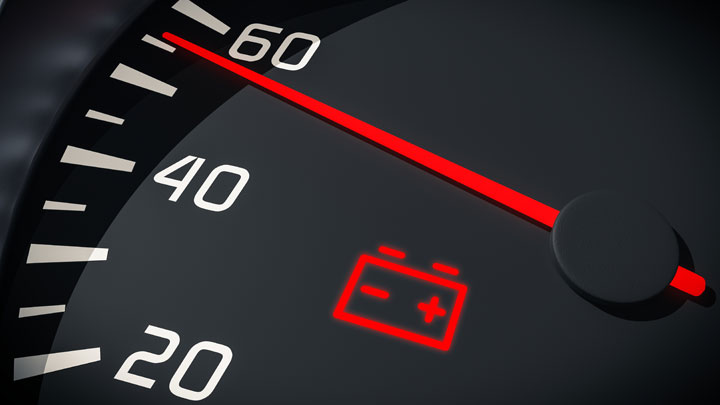
Diagnostic trouble code P0562 is often accompanied by a number of additional symptoms. While not all of these symptoms are present in every case, the bulk of which are prominent enough to warrant understanding.
The following are several of the most common symptoms associated with DTC P0562.
- Illumination of the check engine light
- Illumination of battery indicator light
- Lack of transmission responsiveness
- No crank condition
- Intermittent stalling
- Reduced fuel economy
Causes of Code P0562

Diagnostic trouble code P0562 can be caused by a number of underlying issues. Recognizing each of these issues can prove useful, especially when attempting to diagnose the problem at hand.
The following are several of the most common root causes of diagnostic trouble code P0562.
- Faulty alternator/voltage regulator
- Compromised battery or alternator cables
- High resistance in charging system ground
- Failed PCM
Is Code P0562 Serious?
Diagnostic fault code P0562 is considered to be extremely serious in nature, due in large part to the severe drivability symptoms associated with this condition. In the most severe of cases, a P0562-related condition can even leave one stranded, without recourse.
DTC P0562 often results in stalling or the onset of a “no-start” condition. In other cases, a low-voltage condition relating to DTC P0562 can actually prevent a vehicle’s transmission from shifting as intended. This can prove quite troublesome, especially if one finds themselves in the midst of heavy traffic.
In any event, the root cause of diagnostic trouble code P0562 should be thoroughly diagnosed and repaired at the first available opportunity. If you do not feel comfortable tackling such repairs yourself, an appointment should be made with a trusted local service center, as soon as possible.
How to Fix Code P0562
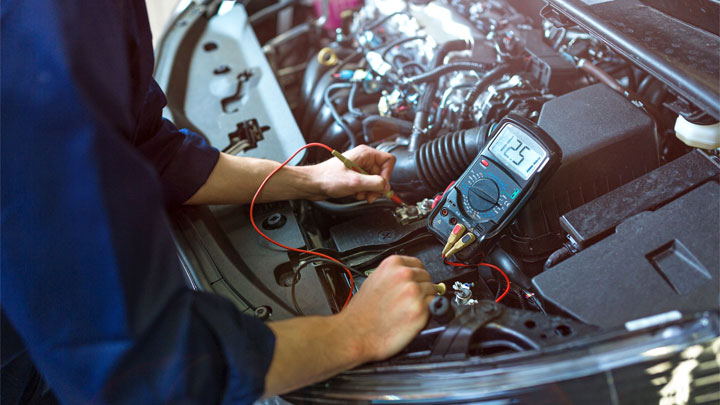
The following steps can be used to assist in diagnosing and repairing the root cause of DTC P0562. As always, one is advised to consult factory-specific service literature for their particular vehicle, before attempting any such repairs.
#1 – Check For Additional DTCs
Before beginning the diagnostic process, be sure to check for the presence of additional diagnostic trouble codes. Thoroughly diagnose and repair the root cause of any additional trouble codes, before proceeding to step #2.
#2 – Check Battery/Alternator Voltage
With the use of a quality digital multimeter, verify charging system voltage at both the battery, and alternator lugs. This testing should be conducted with the vehicle’s engine running and headlights switched to high-beam.
System voltage should measure within an approximate range of 13.2-14.7 volts. If testing confirms charging system voltage to be within this range, clear the offending DTC, and perform a thorough test drive.
If the charging system voltage falls outside of this range, the vehicle’s alternator/battery cables become suspect.
#3 – Inspect All PCM Connections
If DTC P0562 persists, carefully inspect all electrical connections to the affected vehicle’s PCM. Look for signs of corrosion, fraying, or burning, all of which might jeopardize circuit integrity. Repair any defects that are found.
#4 – Measure PCM Positive/Ground
Next, check for the presence of ground and system voltage at the vehicle’s main PCM feed. If either is absent, further circuit diagnosis will be required. If both power and ground are present, the vehicle’s PCM becomes suspect.

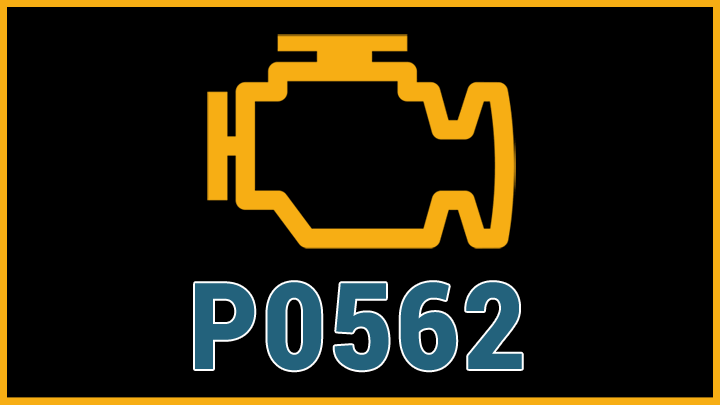
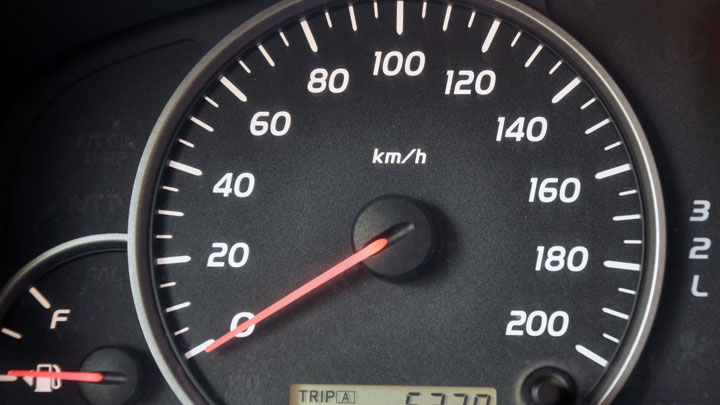

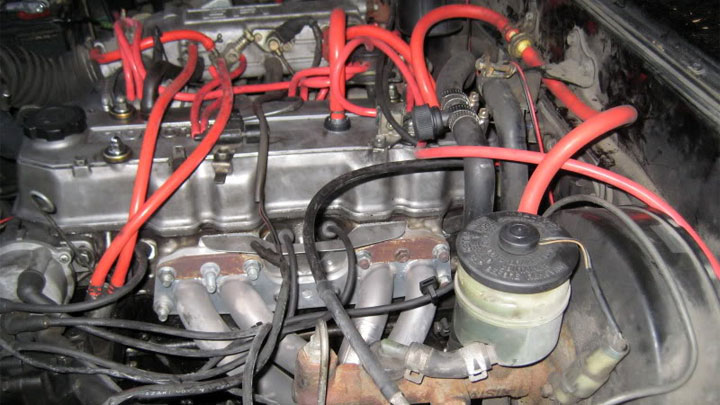
99 Chevy Suburban I have replaced the alternator and the battery three times still the same problem don’t charge only when you put it in reverse it charged what can be the problem
How have you verified that the battery charges while the vehicle is in reverse?